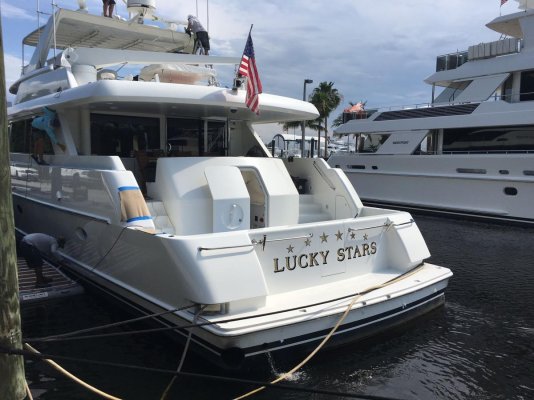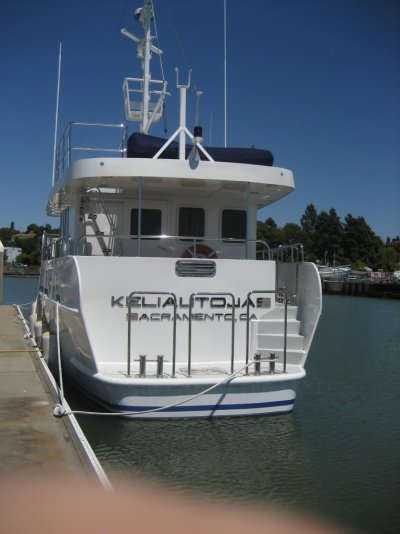backinblue
Guru
- Joined
- Jan 29, 2019
- Messages
- 3,937
- Location
- USA
- Vessel Name
- Blue Moon
- Vessel Make
- Mainship Pilot 355
My comments are based on my working experience as a professional forester, with over 20 years experience. I worked in Woods Buffalo National Forest, Alberta (Canada), Clearwater National Forest, Idaho and Georgia Forestry Commission, GA.
What happened after I retired, no idea. I do know we bent over backwards to maintain or improve water quality.
Then add in site reclamation and replanting as necessary.
I guess we will just have to agree to disagree.
I am not saying that I agree or disagree with you, just would rather not get into a debate here about Trump and what he is or is not to blame for. In many elections, there never seemed to be much a difference between the candidates. In this election, there are stark differences in policy and the direction they want to take the country in. I would hope that's what voters focus on and vote for rather than a personality contest as many of our elections end up being.


 Sadly, Aussies defender was never in it. They all had winged keels by then.
Sadly, Aussies defender was never in it. They all had winged keels by then. 



